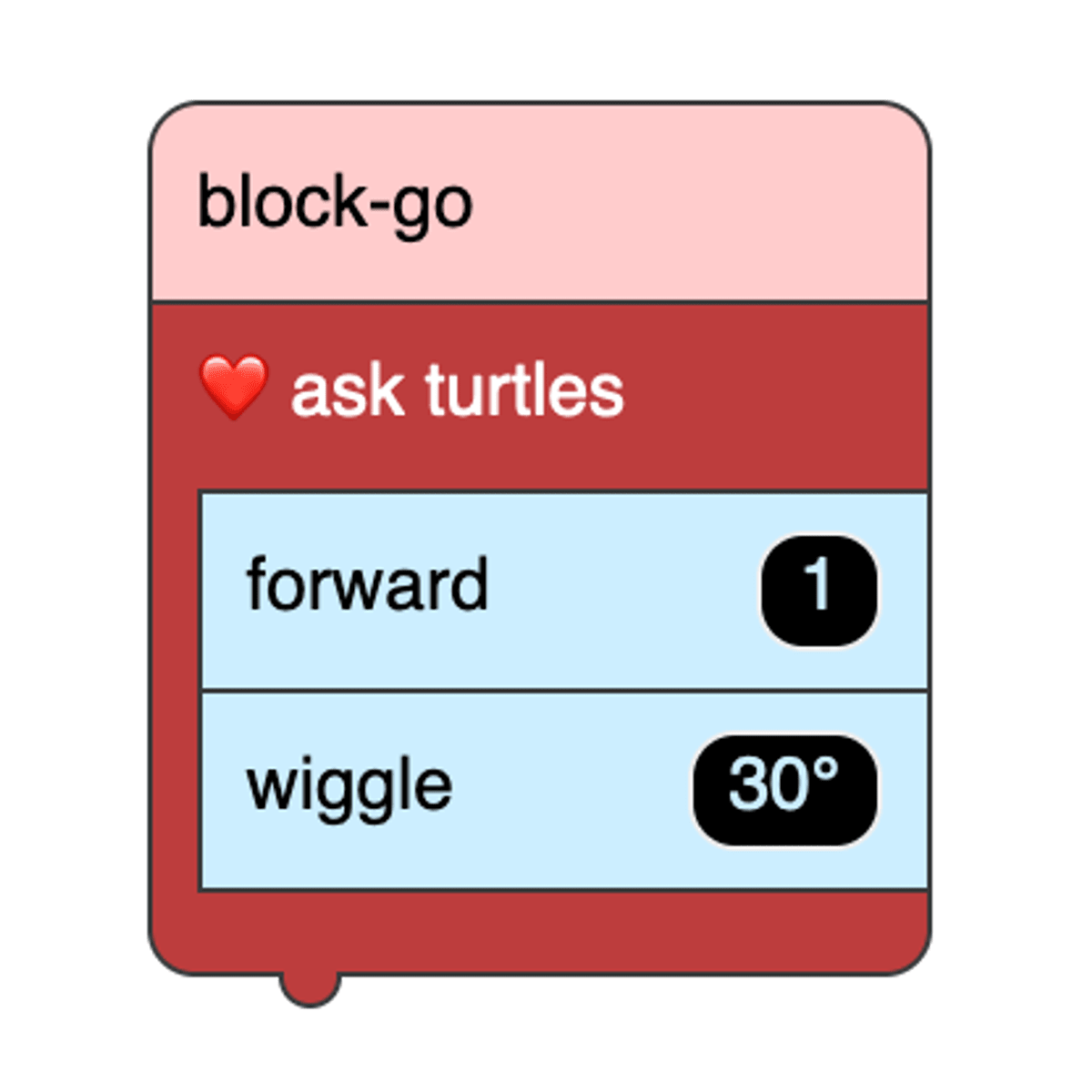Back to Courses









Computer Science Courses - Page 69
Showing results 681-690 of 2309

The Full Stack
Practice bringing together multiple skills to build a full-stack Django app. You’ll start by setting up an environment for a local practical project, and refactoring the front and back-ends of an existing application. You will then have the opportunity to create the front and back-ends of a new application using your full-stack developer skills.

Hacking and Patching
In this MOOC, you will learn how to hack web apps with command injection vulnerabilities in a web site of your AWS Linux instance. You will learn how to search valuable information on a typical Linux systems with LAMP services, and deposit and hide Trojans for future exploitation. You will learn how to patch these web apps with input validation using regular expression. You will learn a security design pattern to avoid introducing injection vulnerabilities by input validation and replacing generic system calls with specific function calls. You will learn how to hack web apps with SQL injection vulnerabilities and retrieve user profile information and passwords. You will learn how to patch them with input validation and SQL parameter binding. You will learn the hacking methodology, Nessus tool for scanning vulnerabilities, Kali Linux for penetration testing, and Metasploit Framework for gaining access to vulnerable Windows Systems, deploying keylogger, and perform Remote VNC server injection. You will learn security in memory systems and virtual memory layout, and understand buffer overflow attacks and their defenses. You will learn how to clone a Kali instance with AWS P2 GPU support and perform hashcat password cracking using dictionary attacks and known pattern mask attacks.

Android App Components - Services, Local IPC, and Content Providers
This 4 week MOOC builds upon the core Android app components and concurrency frameworks covered in Course 2 by focusing on started and bound services, local inter-process communication (IPC), and content providers. Case study apps will be examined from multiple perspectives to learn how to program these app components using Android's material design paradigm. Students will work incrementally on a hands-on project involving a material design-based RSS reader app. Each week you will add additional capabilities to the project, based on material covered in the lecture videos. You'll spend roughly 4 hours per week watching video lectures, taking quizzes, and programming assignments with Java and Android.

Organize an event with Canva
In this project, you will be able to organize an event on Canva, using the various graphic design tools offered by the platform. You will design amazing digital content and print products that will help you organize, plan and promote events of any kind successfully.
The intended audience for this project is beginners, with little or no graphic design experience. It will enable persons and small businesses to organize any kind of event by creating astonishing graphic designs.

Blocks-based ABM with NetTango
Programming and complexity thinking are key skills for approaching 21st century challenges. NetTango Builder is a tool that allows for the creation of blocks-based programming experiences based on complex systems models available in NetLogo Library. Thus, it makes it possible for teachers to create entry level programming experiences capable of introducing students to non-linearity, emergence, uncertainty and other complexity related phenomena.

React - State management in functional components (HOOKS)
By the end of this course you will have a solid grasp of state management fundamentals in React applications using the useState utility in functional components. We will start by focusing on the core concepts of state management reinforced by code examples which start off simple to drill the concepts and nuances of this pattern. We then take a deeper dive into understanding the asynchronous nature of the setState() method, and how we can work with this to achieve what we want to from our development processes.
This course is aimed at developers who are familiar with React and state management in general, understand the basics well, and would like to have some more experience, especially using some of the more advanced and dynamic development patterns in React.

LCFA Practice Course
This course aims to prepare you for working as an information technology professional. In this course, we will be drill into the domains on the Linux Foundations Certified IT Associate exam.

Introduction to CAD, CAM, and Practical CNC Machining
This course introduces you to the foundational knowledge in computer-aided design, manufacture, and the practical use of CNC machines. In this course we begin with the basics in Autodesk® Fusion 360™ CAD by learning how to properly sketch and model 3D parts. Before we program any toolpaths, we’ll explore CNC machining basics to ensure we have the ground level foundational knowledge needed to effectively define toolpaths. Finally, we explore the basics of setting up a CAM program and defining toolpaths to cut simple geometry. This is the same basic process that gets repeated for the design and manufacture of any part and is a critical step in learning and understanding the process.
Want to take your learning to the next level? Complete the Autodesk CAD/CAM for Manufacturing Specialization, and you’ll unlock an additional Autodesk Credential as further recognition of your success! The Autodesk Credential comes with a digital badge and certificate, which you can add to your resume and share on social media platforms like LinkedIn, Facebook, and Twitter. Sharing your Autodesk Credential can signal to hiring managers that you’ve got the right skills for the job and you’re up on the latest industry trends like generative design.
Enroll in the Specialization here: https://www.coursera.org/specializations/autodesk-cad-cam-manufacturing
Looking for Autodesk Fusion 360 certification prep courses? Check out additional learning resources to help you uplevel your skills: https://www.autodesk.com/learning

Developing FPGA-accelerated cloud applications with SDAccel: Theory
This course is for anyone passionate in learning how to develop FPGA-accelerated applications with SDAccel!
We are entering in an era in which technology progress induces paradigm shifts in computing!
As a tradeoff between the two extreme characteristics of GPP and ASIC, we can find a new concept, a new idea of computing... the reconfigurable computing, which has combined the advantages of both the previous worlds. Within this context, we can say that reconfigurable computing will widely, pervasively, and gradually impact human lives. Hence, it is time that we focus on how reconfigurable computing and reconfigurable system design techniques are to be utilised for building applications.
One one hand reconfigurable computing can have better performance with respect to a software implementation but paying this in terms of time to implement. On the other hand a reconfigurable device can be used to design a system without requiring the same design time and complexity compared to a full custom solution but being beaten in terms of performance.
Within this context, the Xilinx SDx tools, including the SDAccel environment, the SDSoC environment, and Vivado HLS, provide an out-of-the-box experience for system programmers looking to partition elements of a software application to run in an FPGA-based hardware element, and having that hardware work seamlessly with the rest of the application running in a processor or embedded processor.
The out-of-the-box experience will provide interesting and, let us say, “good enough” results for many applications.
However, this may not be true for you, you may be looking for better performance, data throughput, reduced latency, or to reduce the resources usage... This course is focusing exactly on this. After introducing you to the FPGAs we are going to dig more into the details on how to use Xilinx SDAccel providing you also with working examples on how to optimize the hardware logic to obtain the best of of your hardware implementations. In this case, certain attributes, directives, or pragmas, can be used to direct the compilation and synthesis of the hardware kernel, or to optimise the function of the data mover operating between the processor and the hardware logic.
Furthermore, In this course we are going to focus on distributed, heterogeneous infrastructures, presenting how to bring your solutions to life by using the Amazon EC2 F1 instances.

Data Warehouse Concepts, Design, and Data Integration
This is the second course in the Data Warehousing for Business Intelligence specialization. Ideally, the courses should be taken in sequence.
In this course, you will learn exciting concepts and skills for designing data warehouses and creating data integration workflows. These are fundamental skills for data warehouse developers and administrators. You will have hands-on experience for data warehouse design and use open source products for manipulating pivot tables and creating data integration workflows. In the data integration assignment, you can use either Oracle, MySQL, or PostgreSQL databases. You will also gain conceptual background about maturity models, architectures, multidimensional models, and management practices, providing an organizational perspective about data warehouse development. If you are currently a business or information technology professional and want to become a data warehouse designer or administrator, this course will give you the knowledge and skills to do that. By the end of the course, you will have the design experience, software background, and organizational context that prepares you to succeed with data warehouse development projects.
In this course, you will create data warehouse designs and data integration workflows that satisfy the business intelligence needs of organizations. When you’re done with this course, you’ll be able to:
* Evaluate an organization for data warehouse maturity and business architecture alignment;
* Create a data warehouse design and reflect on alternative design methodologies and design goals;
* Create data integration workflows using prominent open source software;
* Reflect on the role of change data, refresh constraints, refresh frequency trade-offs, and data quality goals in data integration process design; and
* Perform operations on pivot tables to satisfy typical business analysis requests using prominent open source software
